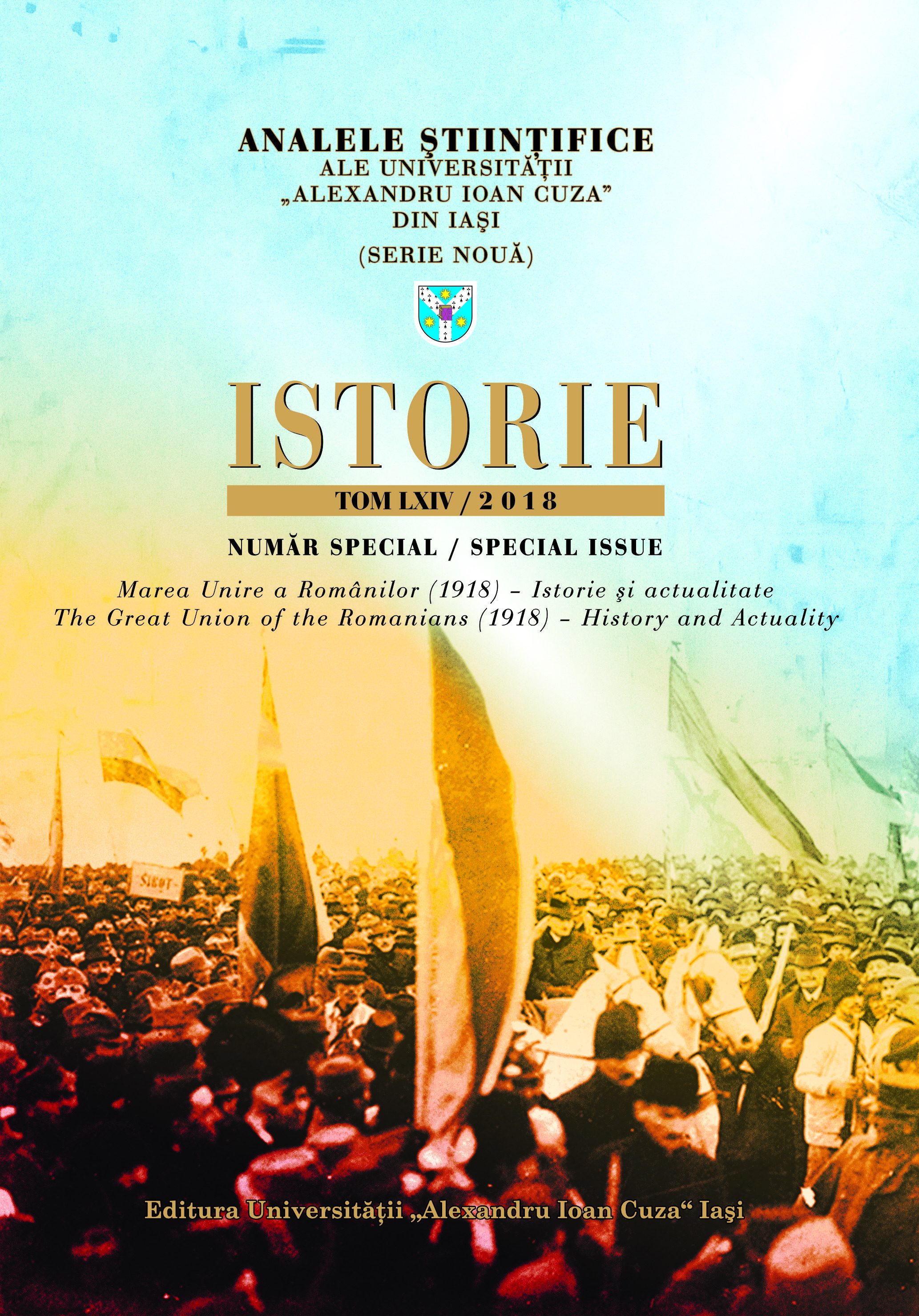România mare, stat postimperial compozit
Great Romania, post-imperial compozite state
Author(s): Oliver Jens SchmittSubject(s): History, History of ideas, Pre-WW I & WW I (1900 -1919), Interwar Period (1920 - 1939)
Published by: Editura Universităţii »Alexandru Ioan Cuza« din Iaşi
Keywords: Great Romania; World War I; union; postimperial state;
Summary/Abstract: The Greater Romania as a historical phenomenon may be understood only using a renewed view of the historical realities, namely using the model of a composite postimperial state. This model refers to continuity structures in the administration, society, economy, culture and mentality. The history of the Romanian state after 1918 consists in large scale attempts to eliminate the composite postimperial character of state and society. This homogenization and levelling was conducted by Romania in a historical European environment where the national states actively fought against the pluralist ethnical, cultural and social heritage of the empire. Romania is not exception when it comes to using such means: centralization, growing discrimination and repression, şoah, deportation, even selling minorities; the exception is that this process, began after 1918, did not lead to the collapse of the state and to civil war. Whereas, in the retrospective of the 100 years, the national state represented a progress from empires, such question stirs emotions. Here, historians should not be making calculations; on the contrary, by studying the aforementioned issues, they may demonstrate, according to the words of the great German historian of the 19th century, Thomas Nipperdey, history is never black or white but always grey, with numerous fine nuances.
Journal: Analele Ştiinţifice ale Universităţii »Alexandru Ioan Cuza« din Iaşi. Istorie
- Issue Year: 2018
- Issue No: 64
- Page Range: 429-435
- Page Count: 7
- Language: Romanian
- Content File-PDF

